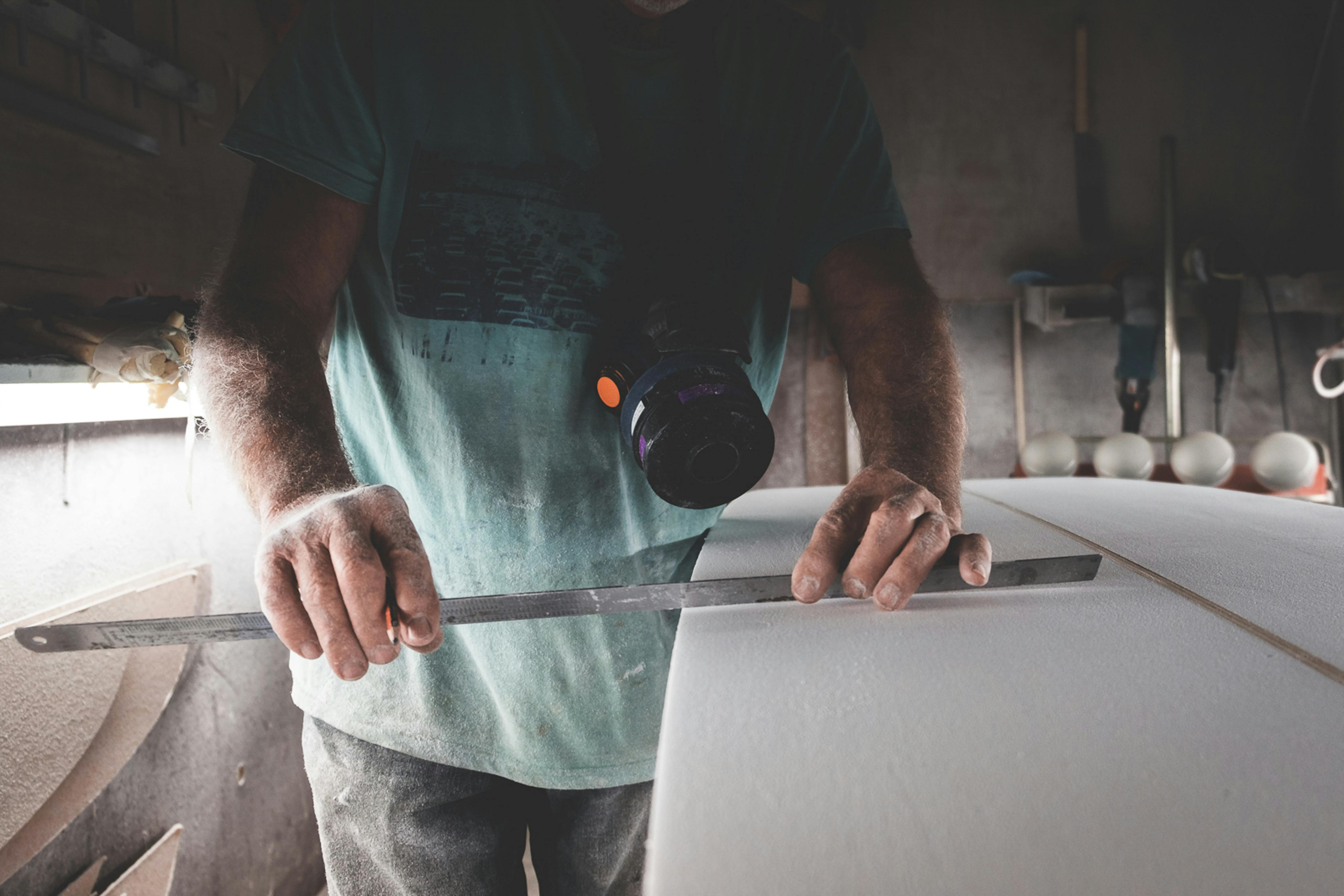Before you tackle the task of building a Koi pond, ask yourself the following questions:
Are you ready to build the Koi pond yourself or have an expert build it for you?
There is no substitute for quality advice from a professional pond builder. Once you’ve done your preliminary research and started to get an idea of what you want, you can really benefit from consulting with a professional. They can discuss your ideas with you and help you explain what is possible and what is not; what is realistic and what is not; and finally, what is affordable and what is not! After such a discussion, you will be in a much better position to decide whether you want to build yourself or hire a professional builder to do the work for you.
How much can you afford to spend?
This is the easiest but most critical question of all. Guess how much it “could” cost to build the Koi pond you have in mind and then double it! Is this amount out of your reach? Well guess what! This is exactly the “scary” question you should be asking yourself! Now, get an expense book and list all anticipated itemized expenses as you research. You’ll need to budget for absolutely EVERYTHING before you even think about grabbing that shovel! As you finalize your preliminary estimate, ask yourself once again if it’s affordable or beyond your means. If it’s within the range of what you expected, you can look at ways to cut spending if necessary, down the road. For example, when it comes to stocking your entire pond, you may want to reduce the quantity by purchasing smaller or less mature Koi specimens, as these are often less expensive. Similarly, you may be able to cut back on plants or pond ornamentation if necessary.
How much space do you have for a Koi pond?
Now this is almost as important as the “Money” question! You really need to consider not only the size of the pond you “want”, but also what your backyard can “accommodate”. Think in terms of what percentage of the garden would be needed for your final pond; this can help put things in perspective. If your yard is large, then this usually won’t be a problem, but you still need to think about “location” within your yard. When considering how much space, think along the lines of “bigger is better,” meaning that koi can grow quite large and realistically require a lot of space to grow. You may also be tempted to buy “one of each color” when it comes to stocking your pond, so there is a risk of overfilling! Set a limit on the number of Koi you will have in the long run (either by buying more Koi later or by breeding them) and make sure your pond size is large enough to accommodate them.
How many Koi fish do you want to have?
It is fairly well known that fish will only grow to a size that their environment can support. They will also grow faster where there is a lower fish population as a result of less competition for food and better water quality as a result of less waste. However, it is less well known that Koi growth can best be promoted by an increase in the surface area of the water. In other words, if you think of 2 ponds of equal volume, say 10,000 gallons (just 38,000 liters) but of different depths, the deeper pond will not promote growth as well as the other due to the smaller water surface. Also consider that a pond can support a corresponding total weight or “biomass” of fish. For example, in a small pond, the biomass can support 2 large fish or 20 smaller fish as long as the total weight is the same in any situation and does not exceed the final biomass for that pond. A general guideline for determining how many fish your pond will accept is 50 to 100 gallons per small koi (under 12″), and 500 to 1000 gallons per large koi (over 24″) in a properly filtered pond. Some experts say that those new to the koi hobby are advised to build a 1,000-5,000 gallon pond, however, others advise that the ideal pond is more around 10,000 gallons. Ultimately, the size of your pond will be affected by cost, location, and space, but go for the biggest you can manage – it’s very hard to go back and make your pond bigger later!
How much time are you willing to spend on maintaining your Koi pond?
This question should be answered with the same level of honesty and practicality as the “Money” question! Think about how much time you “think” you’ll have to spend maintaining your Koi pond and then double it! Is it more time than you are willing to invest or not? This is another area that should be discussed with your professional koi pond consultant.
Do you have the right location for a Koi pond?
Just like real estate, it’s all about the location! To lease! To lease! Your Koi pond should be where it can be admired and enjoyed, BUT it should also be located with the following considerations in mind. For starters, your pond needs indirect sunlight whenever possible so that the water temperature doesn’t fluctuate wildly on a daily basis. Also try not to place it under a tree where it will pick up a lot of leaves and other debris; you don’t want to spend more time than necessary pulling leaves. Finally, don’t forget to take into account the building restrictions of your local council or authority and check for underground pipes and cables before you start.
Are you ready to learn about Koi and their needs?
Take the time to do your homework. This will minimize mistakes that are easily made from guesswork and could save you a great deal of time, money, and effort. There are many resources available for you to take advantage of. Try talking to Koi enthusiasts or visit Koi fish club meetings.
Can you dig deep enough for a Koi pond?
Depth is critical to the success of your Koi pond. Too deep and it becomes impractical to clean, catch Koi if necessary, and let’s face it, it becomes too expensive to build. Too shallow and your Koi might not have enough shelter from predators like cats and birds or shelter from the heat of a summer day. If you’re excited about the prospect of hand-feeding your new pets, then consider having a shallow area where you can stand while you feed them. You’ll still need to have the rest of the pond at a minimum depth of at least 3 or 4 feet, but ideally, if you can manage it, 5 or 6 feet is better. If you create a multi-tiered pond, be careful not to create static areas where the water doesn’t circulate enough, as this provides places for serious disease to breed and waste to accumulate. This can cause major problems with water quality.
What “Extras” do you want with your Koi Pond?
Would you like fries with that? I mean, would you like to Fry in your pond? If you are thinking of keeping Koi somewhere in the future, you will need to ask about this at the same time you consult with the professional pond builder. There are several “extras” that may need to be accounted for for spawning. Likewise, if you are considering the aesthetics of the pond itself, you may want to investigate the cost of adding a “waterfall” which can greatly aid in oxygenating the water and consequently affect the size of any required filtration units. . Pond plants can also increase spending; Be sure to do your research here, as you can’t place any plants you like; that’s a completely different topic. There are many other materials that need to be factored into the cost of your pond that fall under the heading of “necessities” rather than “extras”. These can include but are not limited to things like a biological filter, pipes, settling chambers, a dechlorinator, bird nets, drains, pumps, skimmers, heating, and more. Again, all of this should be discussed with your consultant at the planning stage.
Are you really excited about having your own Koi pond?
The answer to this, even after all of the above, should be a resounding “YES”, otherwise go and buy yourself a fish tank – it will be a lot less expensive with a lot less work, but ultimately a lot less rewarding ( no disrespect to the goldfish!). If the answer is “YES”, then great! You have many years ahead of you as your pets grow in size, personality, and beauty!


